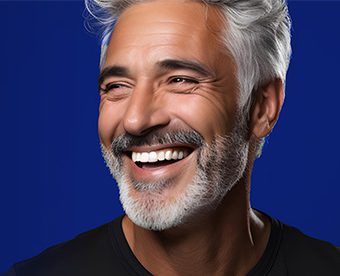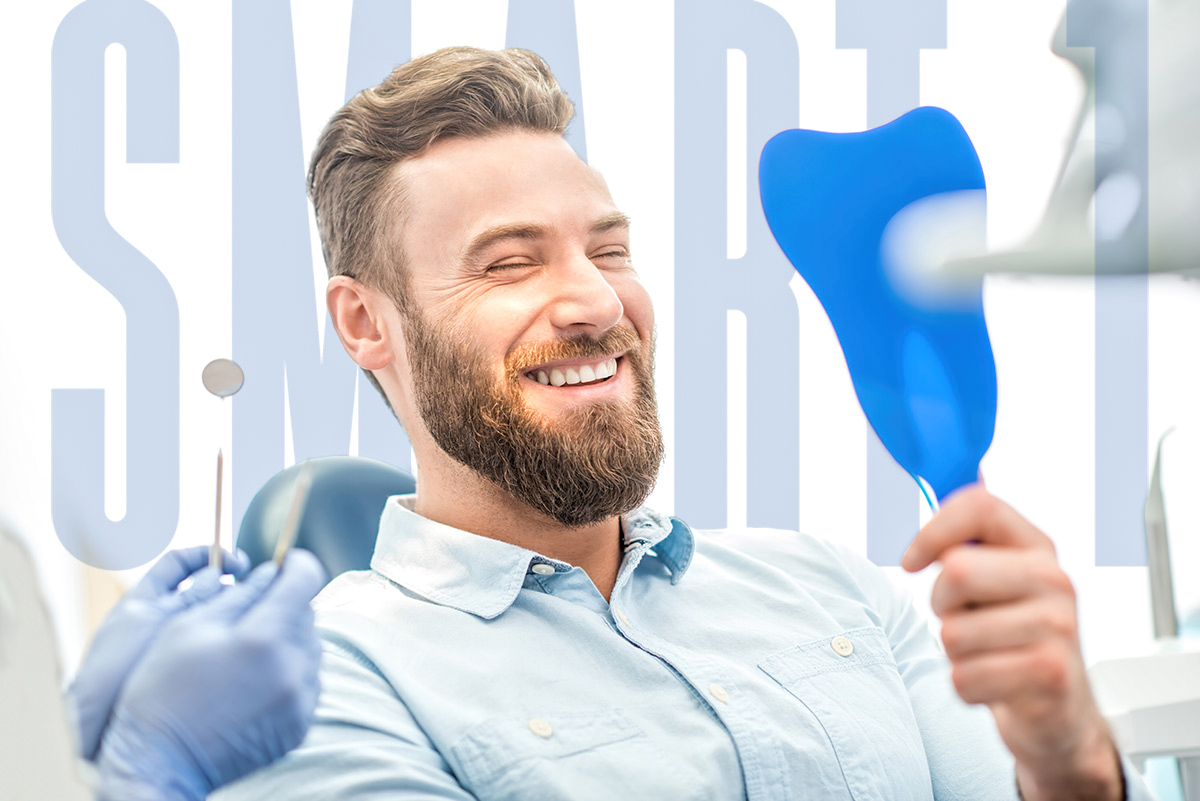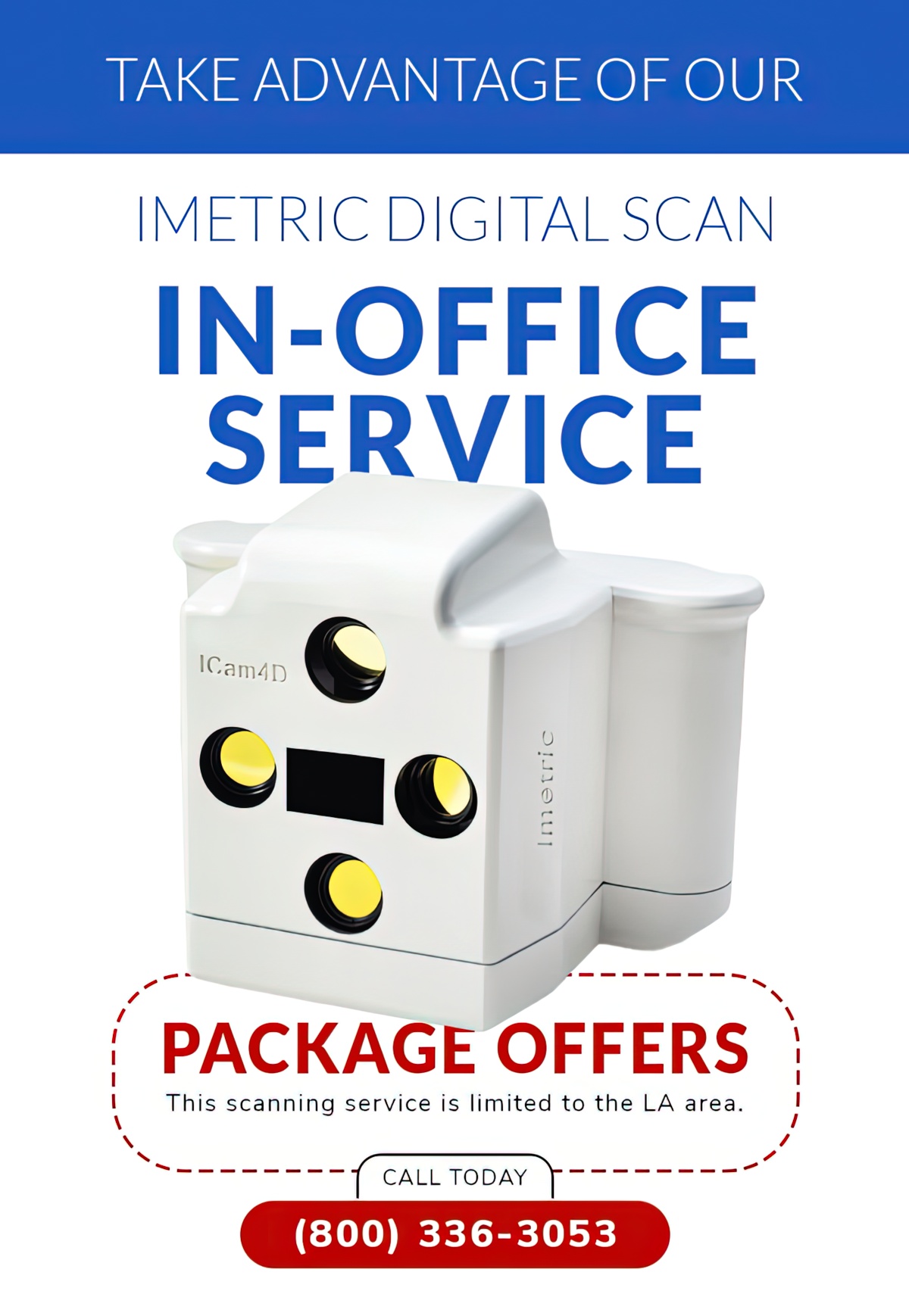
Approximately 80-90% of the population grinds their teeth, according to the International Journal of Oral Science. Bruxism contributes to temporomandibular joint disorders (TMJ), chronic pain, and myofascial disorders. This occurs because bruxers can exert about six times more force during chewing than non-bruxers, which causes an array of symptoms, including teeth grinding, clenching, flattened teeth, fractured or chipped teeth, and pain or sensitivity in the mouth.
Many clinical experts strongly recommend a conservative approach to TMJ treatment since it is a complex joint with many nerves. This translates to finding solutions that avoid surgery entering the jaw or joint tissues. This has led to the development of nocturnal splint therapy. These therapies have helped many patients find relief from the symptoms of sleep bruxism.
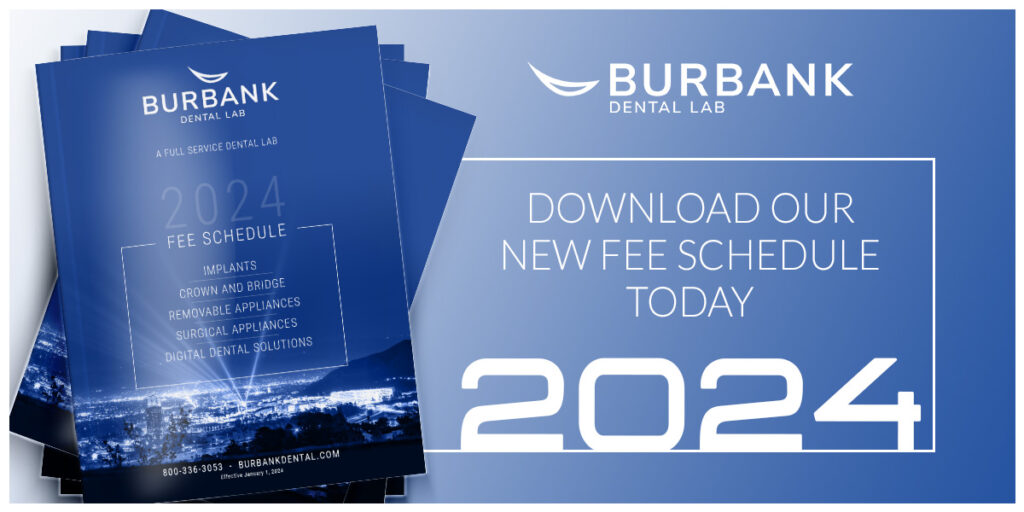
Talon Splints
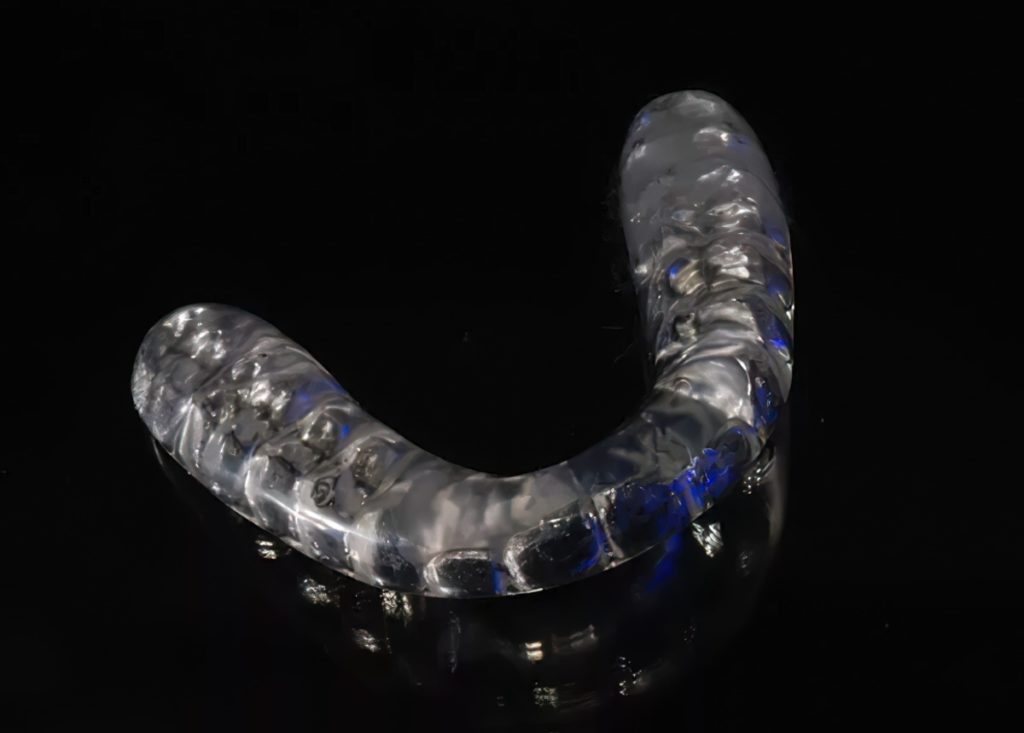
One option for patients suffering from teeth grinding is to use splint therapies. The Talon Splint is a highly prescribed therapy for this purpose. The Talon Splint is for those cases that require the combined features of a hard and soft splint. A thermoplastic polymer is used to fabricate this occlusal splint. A thermoplastic layer is bonded to a harder acrylic layer to create an occlusal table.
The splint can be customized simply by heating in water. A patient can warm up the device every time they wear it. As well as providing exceptional retention, it is very comfortable. These are the benefits of the Talon Splint:
With its soft retentive area, the Talon Splint provides a superior fit. This feature enables the patient to adapt quickly to the new environment since there are no pressure points.
In addition, this feature also reduces chair time since the need to make adjustments is minimized.
Steps to an Excellent Talon Splint (Traditional Impression Methods)
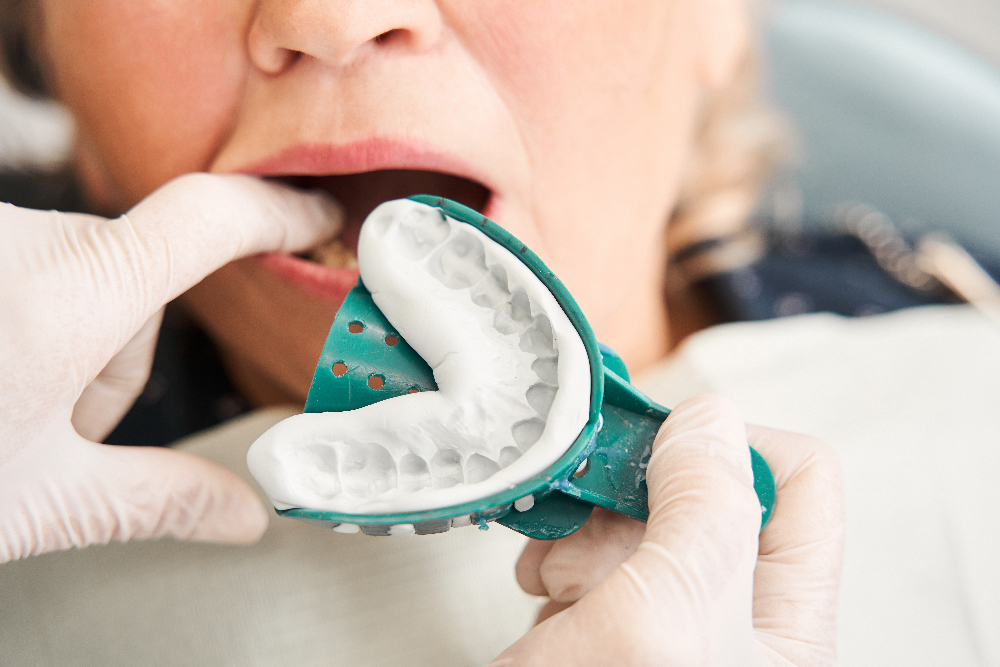
It is important to ensure an occlusal guard fits predictably and provides comfort to the patient. If there are issues with a splint not fitting properly in the patient’s mouth, it may be due to the following:
To create a more predictable outcome, impression-taking and model work are extremely important and accuracy is crucial. When an appliance does not fit properly, this will cost the laboratory as well as the doctor time and money and will require an additional visit for the patient. With patient satisfaction being so important to a dental practice, taking the right steps with any dental procedure can have a huge impact on a patient’s experience.
When working with traditional impression methods, the following should be considered to allow for accuracy in the final splint:
Based on this information, the case can be mounted on a semi-adjustable articulator like the Panadent. In this manner, the occlusal needs of the patient will be accurately represented, and the appliance will be constructed with the most precision.
As long as these initial steps are accurate, Burbank Dental Lab can guarantee the fit of the appliance will be accurate.
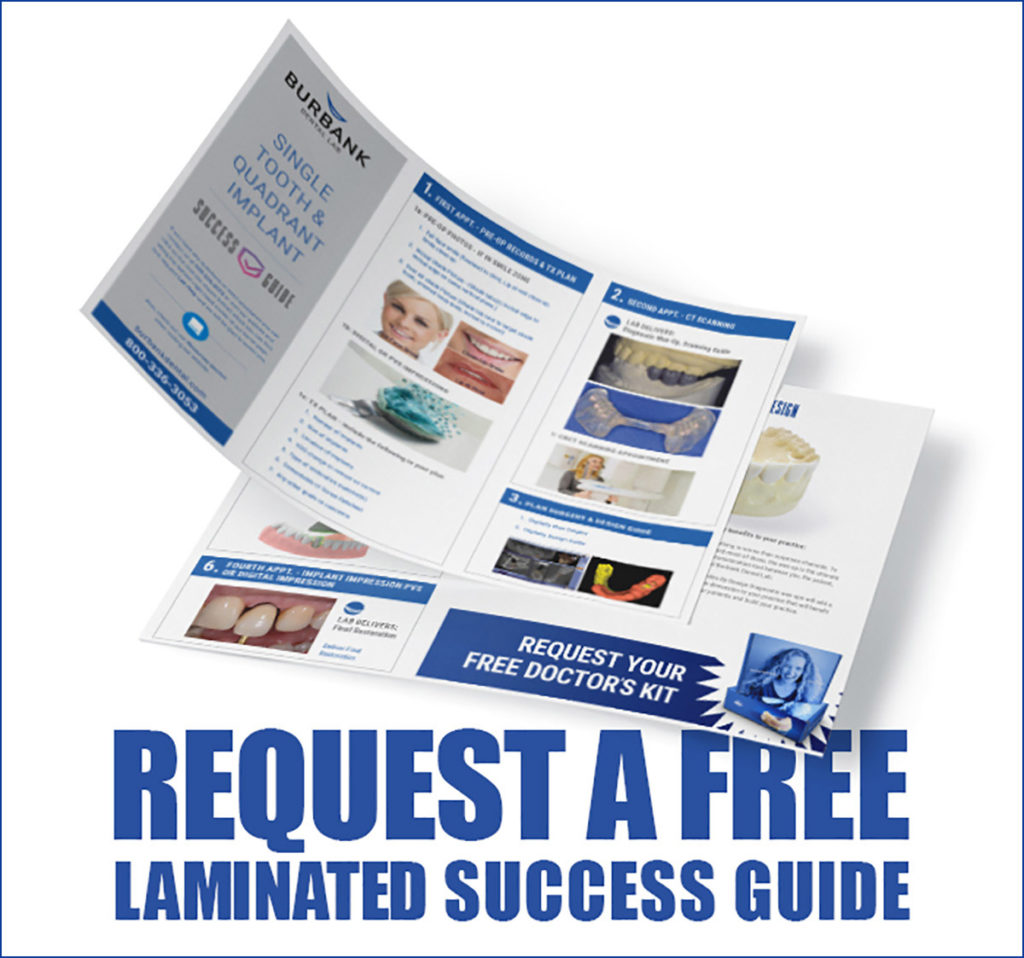
Steps to an Excellent Talon Splint (Digital Impression Methods)
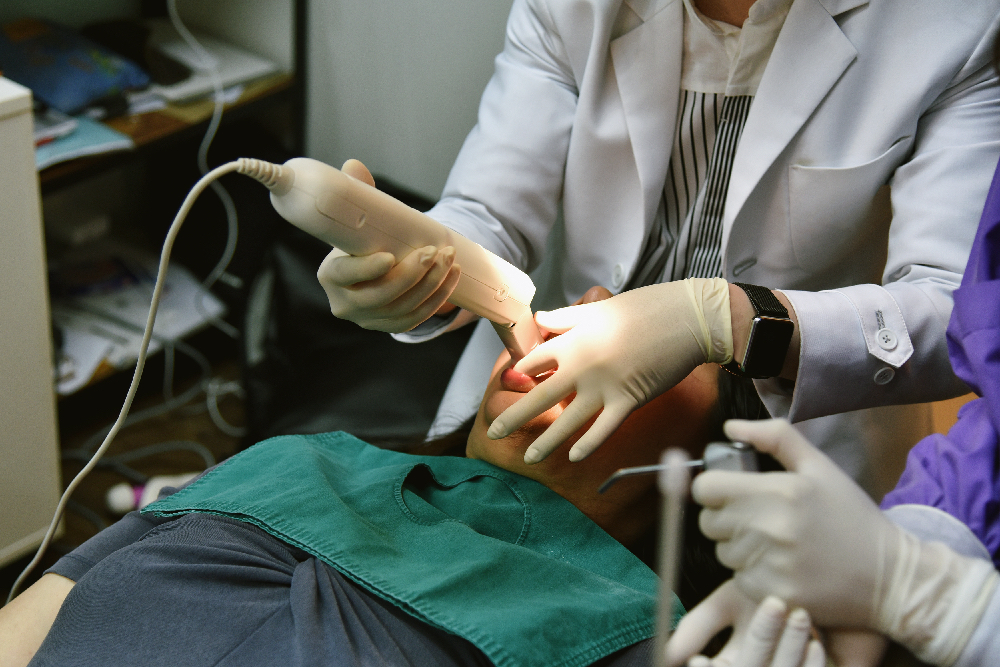
Accuracy is equally important for those practices using an intraoral scanner for digital impressions. For a digital workflow, the following steps are necessary:
Digital impression methods are now a staple in many dental practices. There are advantages to using digital technologies, and the main advantage is the improved overall workflow.
Some of the additional benefits include:
Burbank Dental Lab has been the lab of choice for over 65 years because we understand the needs of our clients. By understanding your needs and providing support, we can provide services that help your patients and, ultimately, you.
Contact Burbank Dental Lab to find out more about our occlusal appliances.

